Home>Gardening & Outdoor>Landscaping Ideas>How To Kill Grass In A Vegetable Garden
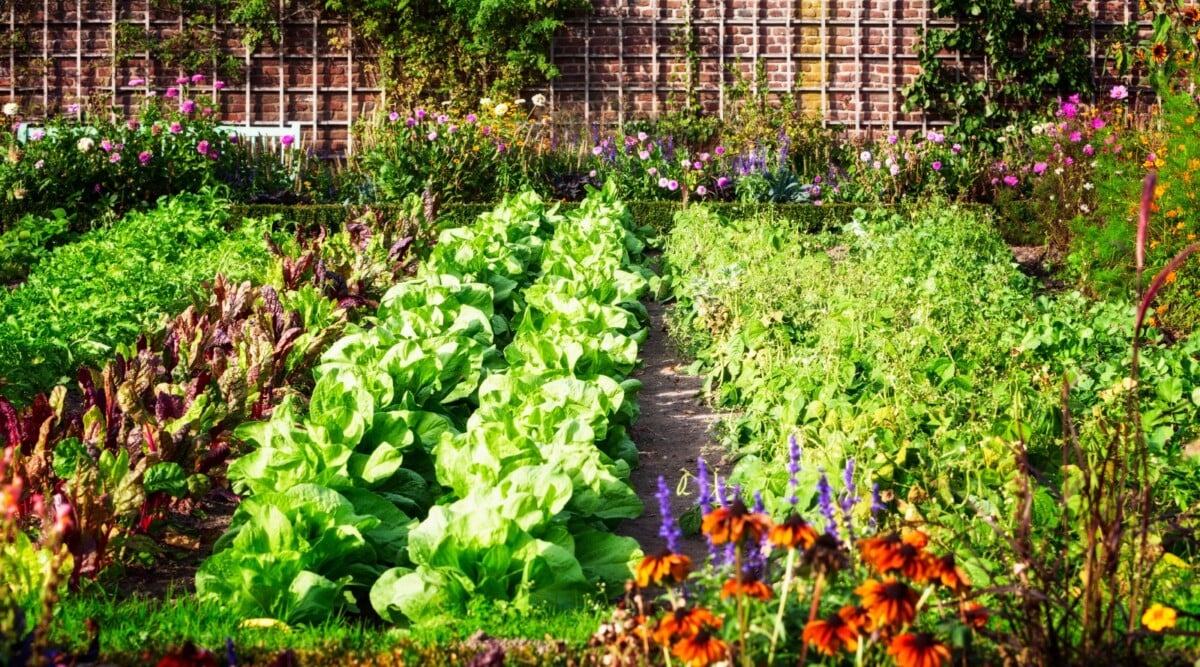

Landscaping Ideas
How To Kill Grass In A Vegetable Garden
Modified: October 18, 2024
Learn effective landscaping ideas to kill grass in a vegetable garden. Discover organic methods for a lush and weed-free garden.
(Many of the links in this article redirect to a specific reviewed product. Your purchase of these products through affiliate links helps to generate commission for Storables.com, at no extra cost. Learn more)
Introduction
Welcome to the wonderful world of vegetable gardening! There’s nothing quite like the satisfaction of growing your own fresh, delicious produce right in your backyard. However, one common challenge that many gardeners face is dealing with unwanted grass in their vegetable gardens. While grass is a resilient and persistent plant, there are effective methods for keeping it at bay without resorting to harmful chemicals.
In this comprehensive guide, we’ll explore the various strategies for eliminating grass from your vegetable garden while safeguarding the health of your plants and the environment. Whether you’re a novice gardener or have been tending to your garden for years, this article will equip you with the knowledge and techniques to maintain a thriving vegetable garden free from invasive grass.
Key Takeaways:
- Say goodbye to unwanted grass in your vegetable garden! Use eco-friendly methods like manual removal and smothering to keep your plants healthy and thriving.
- Prevent grass invasion by creating clear garden borders and practicing regular weeding. Embrace companion planting and optimal soil health for a flourishing vegetable garden.
Read more: How To Kill Goat Heads Without Killing Grass
Understanding the Problem
Grass can be a persistent nuisance in vegetable gardens, competing with your prized plants for essential nutrients, water, and sunlight. Left unchecked, grass can quickly overtake your garden beds, making it difficult for your vegetables to thrive. Additionally, grass can serve as a haven for pests that may damage your crops, further exacerbating the problem.
It’s important to understand the nature of the grass invading your vegetable garden. Grasses are tenacious and can spread through underground rhizomes or above-ground stolons, making them particularly challenging to eradicate. Moreover, some grasses produce copious amounts of seeds, further contributing to their prolific growth.
When addressing the issue of grass in your vegetable garden, it’s crucial to consider the potential causes. Perhaps the grass has encroached from the surrounding lawn, or its seeds were inadvertently introduced through compost or mulch. Identifying the source of the problem can help you implement targeted solutions to prevent its recurrence.
By gaining a deeper understanding of the challenges posed by grass in your vegetable garden, you can tailor your approach to effectively eliminate it while nurturing your vegetables to their full potential.
Methods for Killing Grass
When it comes to eradicating grass from your vegetable garden, there are several eco-friendly methods that can effectively address the issue without compromising the health of your plants or the environment. Here are some proven strategies to consider:
- Manual Removal: One of the most straightforward approaches is to manually remove the grass from your garden beds. Using a garden fork or a hand trowel, carefully loosen the soil around the grass clumps and gently pull them out, ensuring that you extract the entire root system. This method is particularly effective for smaller infestations and allows you to meticulously target the grass without harming your vegetables.
- Smothering: Smothering the grass with layers of organic mulch, such as straw or wood chips, can effectively inhibit its growth. By depriving the grass of sunlight and impeding its access to air, this method can gradually weaken and suppress the grass over time. Additionally, organic mulch enriches the soil as it decomposes, enhancing the overall health of your vegetable garden.
- Boiling Water: Pouring boiling water over the grass can be a simple yet potent way to eliminate it. This method is best suited for targeting isolated patches of grass, as the intense heat effectively scalds the foliage and roots, leading to their demise. Exercise caution when using boiling water to avoid unintended damage to nearby plants.
- Vinegar Solution: A solution of household vinegar and water can serve as a natural herbicide to control grass in your vegetable garden. When applied directly to the grass, the acetic acid in vinegar disrupts the plant’s cellular structure, ultimately causing it to wither and perish. It’s important to apply this solution carefully, as vinegar can also affect desirable plants if not used judiciously.
- Cover Crops: Planting cover crops, such as clover or buckwheat, can help outcompete and suppress grass while enhancing the fertility of your soil. These dynamic plants not only provide effective ground cover but also contribute valuable nutrients to the soil, fostering a robust and resilient ecosystem in your vegetable garden.
By incorporating these methods into your gardening routine, you can effectively combat grass infestations while promoting the flourishing growth of your cherished vegetables.
To kill grass in a vegetable garden, you can use a natural weed killer like vinegar or boiling water. Simply pour the vinegar directly onto the grass or carefully pour the boiling water over the grass to kill it. Be careful not to get the vinegar or boiling water on your vegetables.
Prevention and Maintenance
As the adage goes, “an ounce of prevention is worth a pound of cure.” When it comes to managing grass in your vegetable garden, proactive measures can play a pivotal role in averting future invasions and maintaining a healthy garden ecosystem. Here are essential strategies for prevention and ongoing maintenance:
- Establish Clear Garden Borders: Creating distinct borders around your vegetable garden can help prevent the encroachment of grass from surrounding areas. Utilize physical barriers such as edging materials or a shallow trench to delineate the boundaries of your garden beds, effectively impeding the spread of grass into your cultivated areas.
- Regular Weeding: Diligent and regular weeding is paramount to thwarting the establishment of grass in your vegetable garden. By promptly removing any emerging grass shoots and roots, you can prevent them from gaining a foothold and competing with your vegetables for essential resources. Embrace weeding as an integral part of your gardening routine to maintain a weed-free environment for your plants to thrive.
- Optimal Soil Health: Ensuring that your soil is well-nourished and structured can fortify your vegetable garden against invasive grass. Implementing organic amendments and compost, as well as practicing proper watering and mulching techniques, can foster robust plant growth while simultaneously creating an inhospitable environment for grass to proliferate.
- Companion Planting: Embrace the concept of companion planting to strategically intermingle beneficial plants that can deter grass and promote a harmonious garden ecosystem. Plants such as marigolds, garlic, and chives possess natural repellent properties that can help mitigate the presence of grass and safeguard the well-being of your vegetables.
- Regular Monitoring: Vigilant observation of your garden beds is essential for early detection of any grass incursions. By promptly addressing any signs of grass growth, you can swiftly intervene and prevent the situation from escalating into a full-blown infestation, thereby minimizing the impact on your vegetable garden.
By integrating these preventive measures and ongoing maintenance practices into your gardening regimen, you can cultivate a resilient and flourishing vegetable garden that remains free from the encumbrance of invasive grass.
Conclusion
Cultivating a thriving vegetable garden is a gratifying endeavor that brings an abundance of fresh, homegrown produce to your table. However, the presence of invasive grass can impede the growth and vitality of your cherished plants. By employing a combination of targeted methods for eradicating grass, as well as implementing preventative measures and ongoing maintenance practices, you can effectively manage and mitigate the impact of grass in your vegetable garden.
Embracing eco-friendly approaches such as manual removal, smothering, and natural remedies like boiling water and vinegar solutions empowers you to combat grass infestations without resorting to harmful chemicals. These methods not only safeguard the well-being of your vegetables but also contribute to a sustainable and environmentally conscious gardening ethos.
Furthermore, by adopting proactive strategies such as establishing clear garden borders, regular weeding, and optimizing soil health, you can create a resilient and harmonious garden environment that discourages the encroachment of grass while nurturing the flourishing growth of your vegetables. Through vigilant monitoring and the practice of companion planting, you can maintain a balanced and thriving ecosystem within your vegetable garden.
As you embark on your journey to eliminate grass from your vegetable garden, remember that perseverance and attentiveness are key. By integrating these holistic approaches into your gardening routine, you can savor the bountiful rewards of a vibrant and resilient vegetable garden, free from the constraints of invasive grass.
With these insights and strategies at your disposal, you are well-equipped to cultivate a flourishing vegetable garden that thrives in harmony with nature, providing you with an abundant yield of wholesome, homegrown produce for years to come.
Frequently Asked Questions about How To Kill Grass In A Vegetable Garden
Was this page helpful?
At Storables.com, we guarantee accurate and reliable information. Our content, validated by Expert Board Contributors, is crafted following stringent Editorial Policies. We're committed to providing you with well-researched, expert-backed insights for all your informational needs.
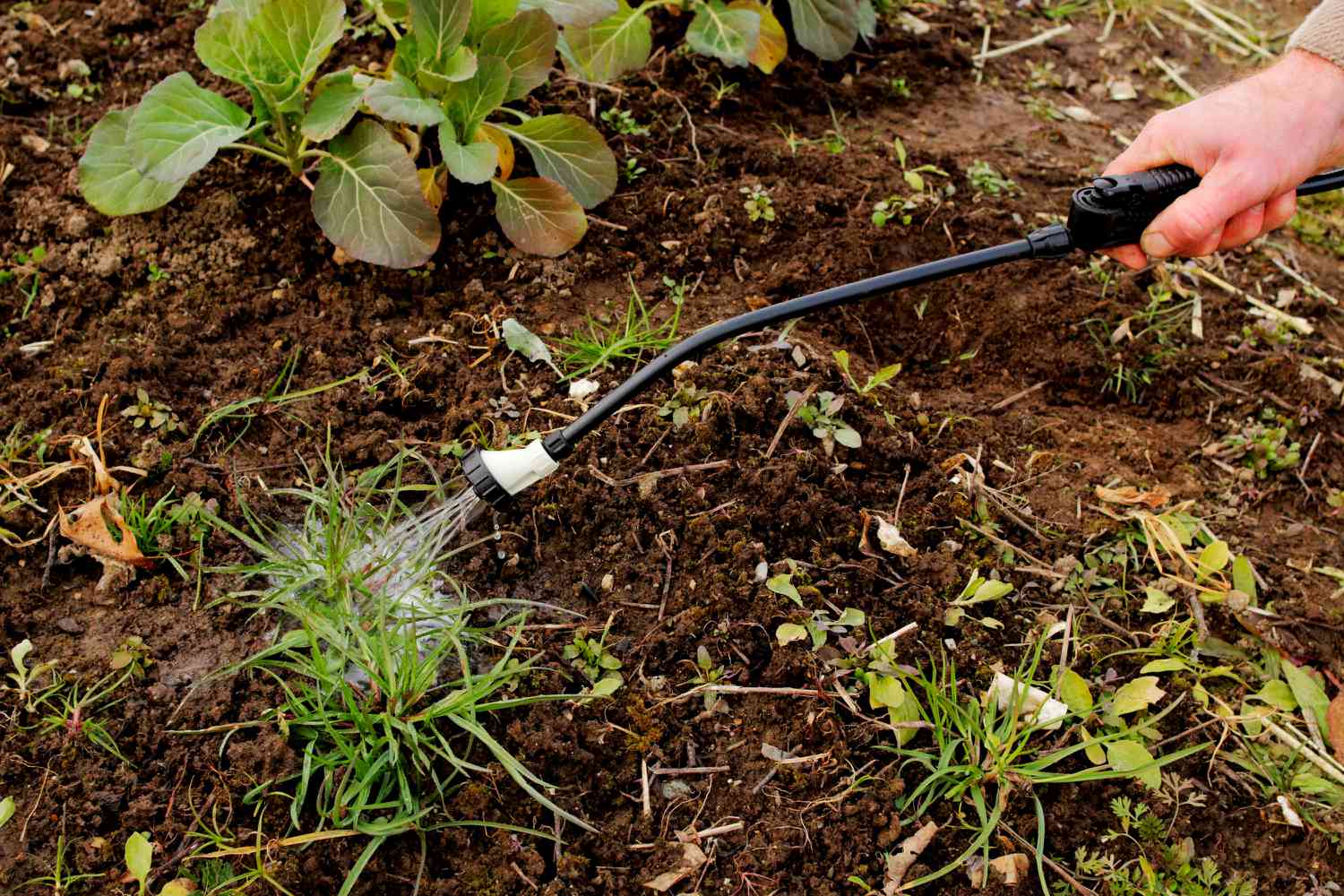
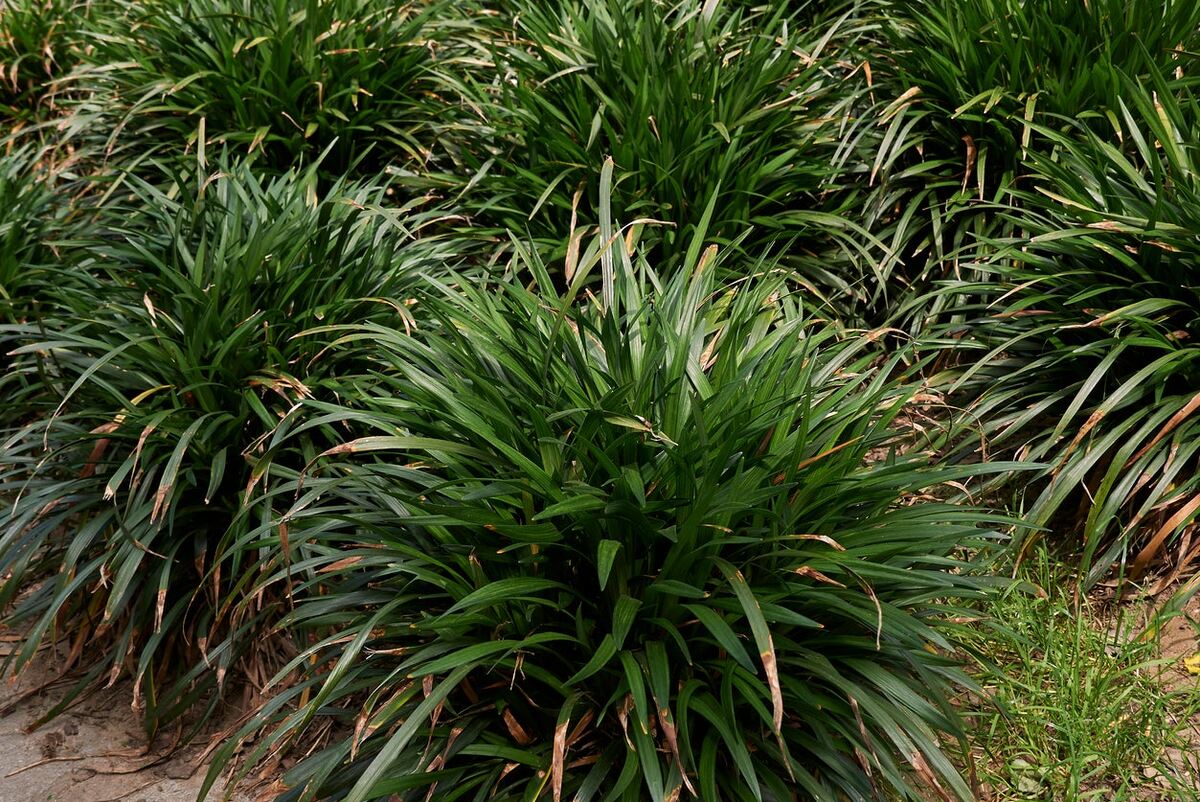
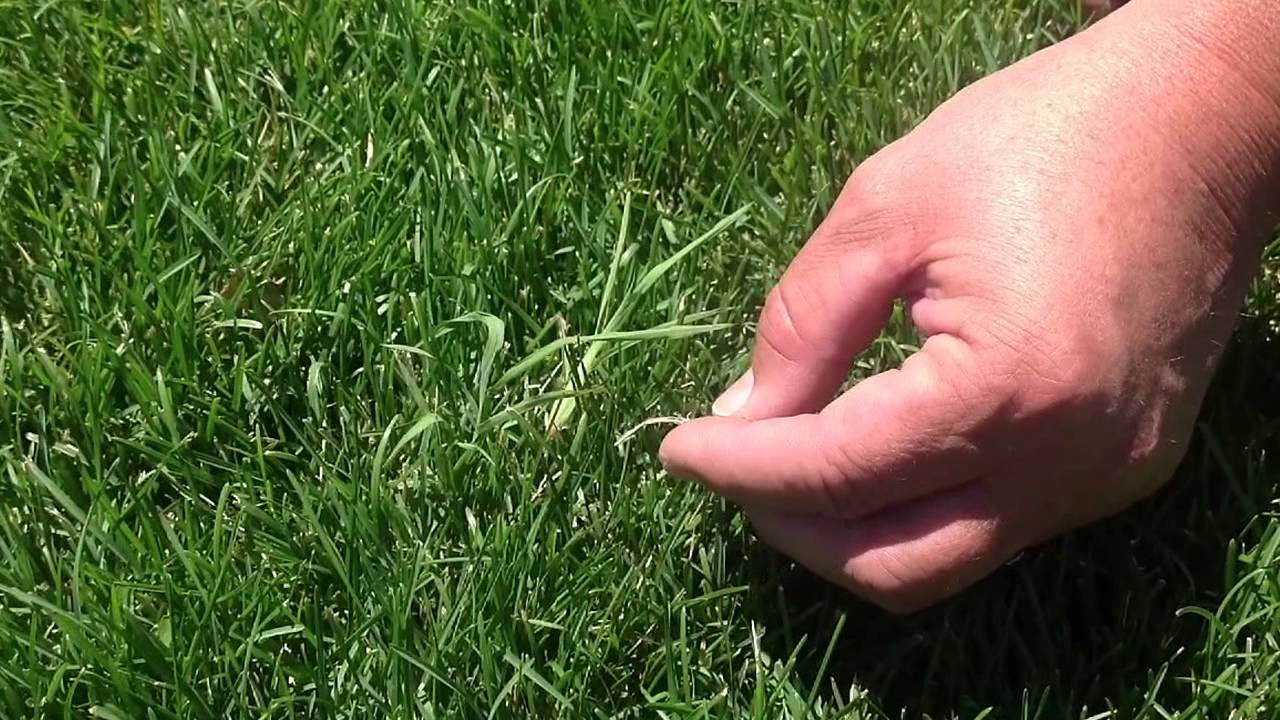
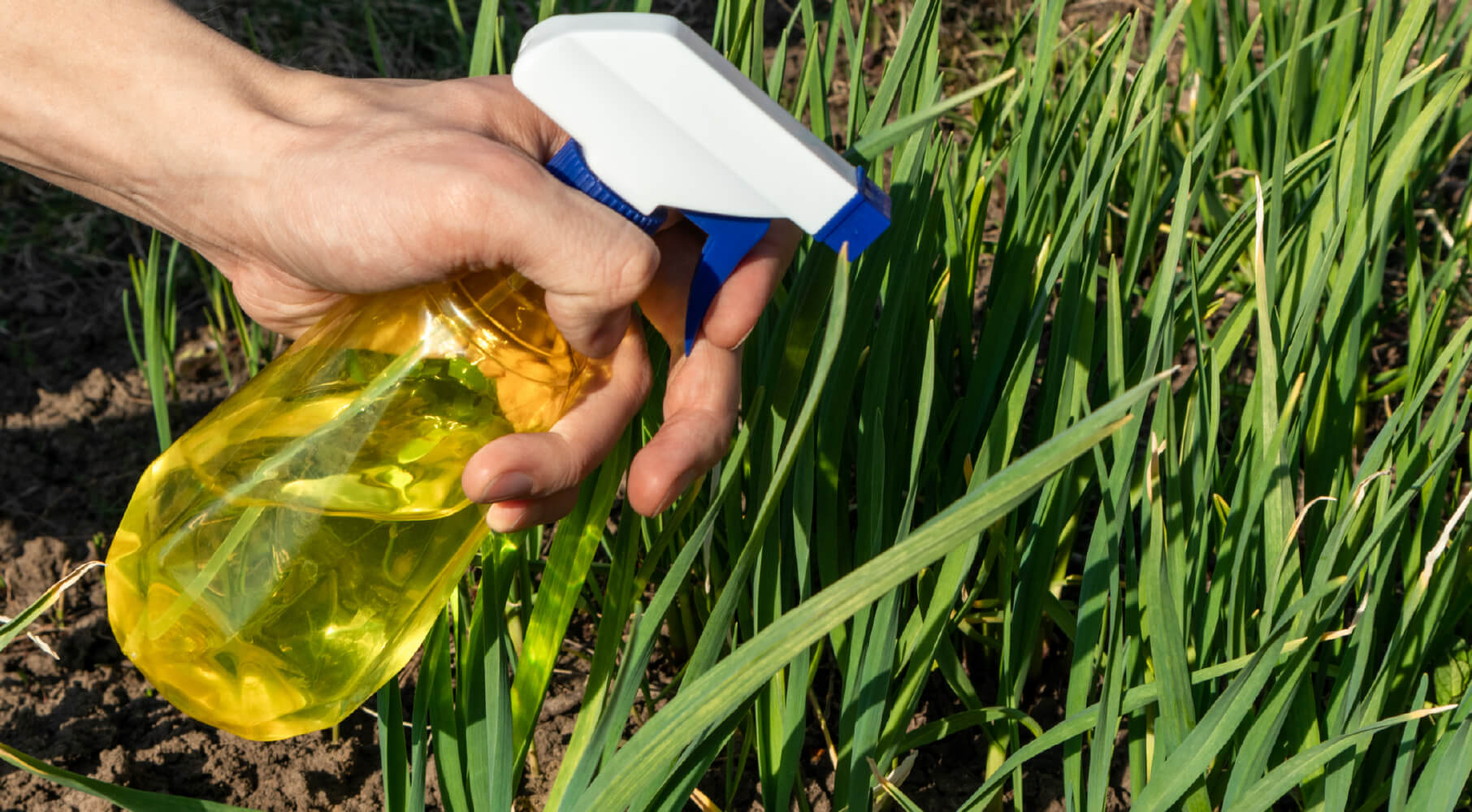
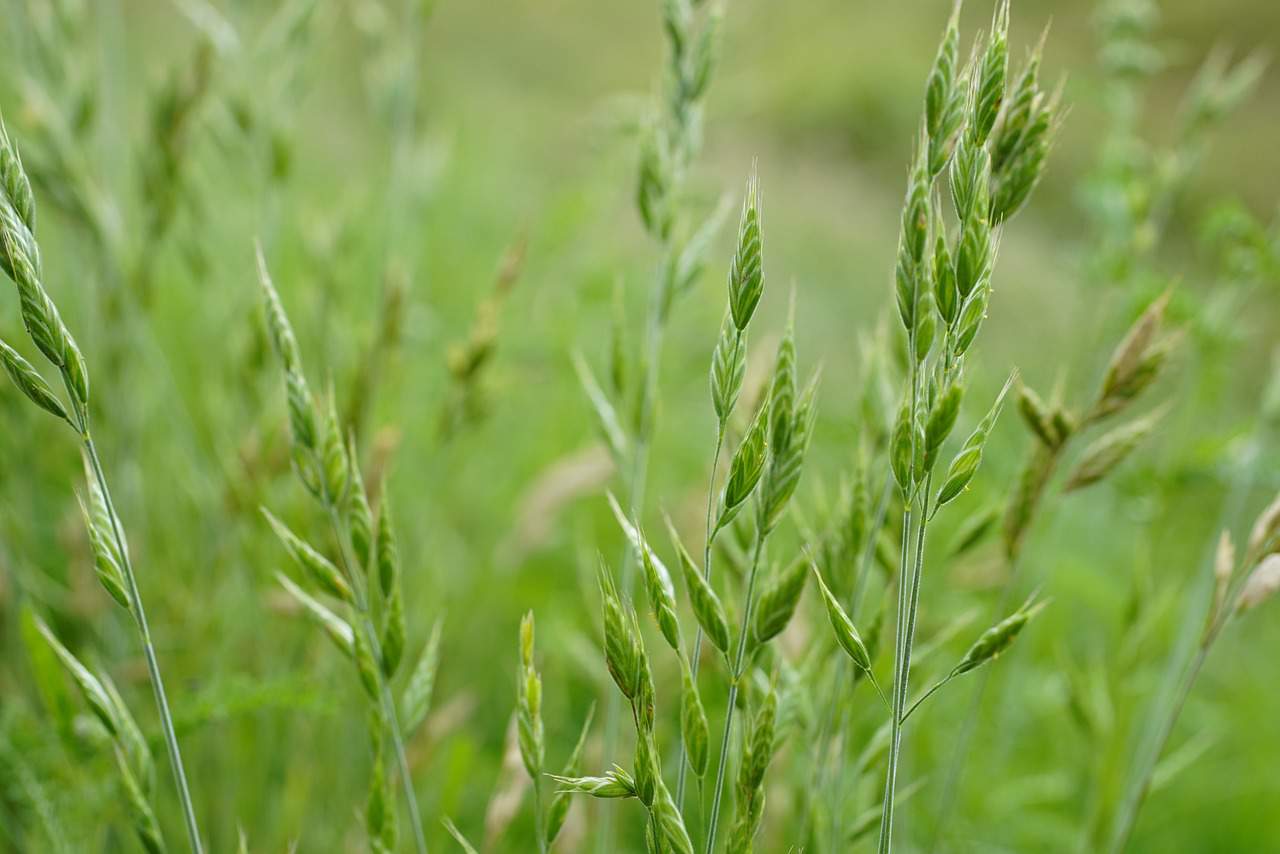
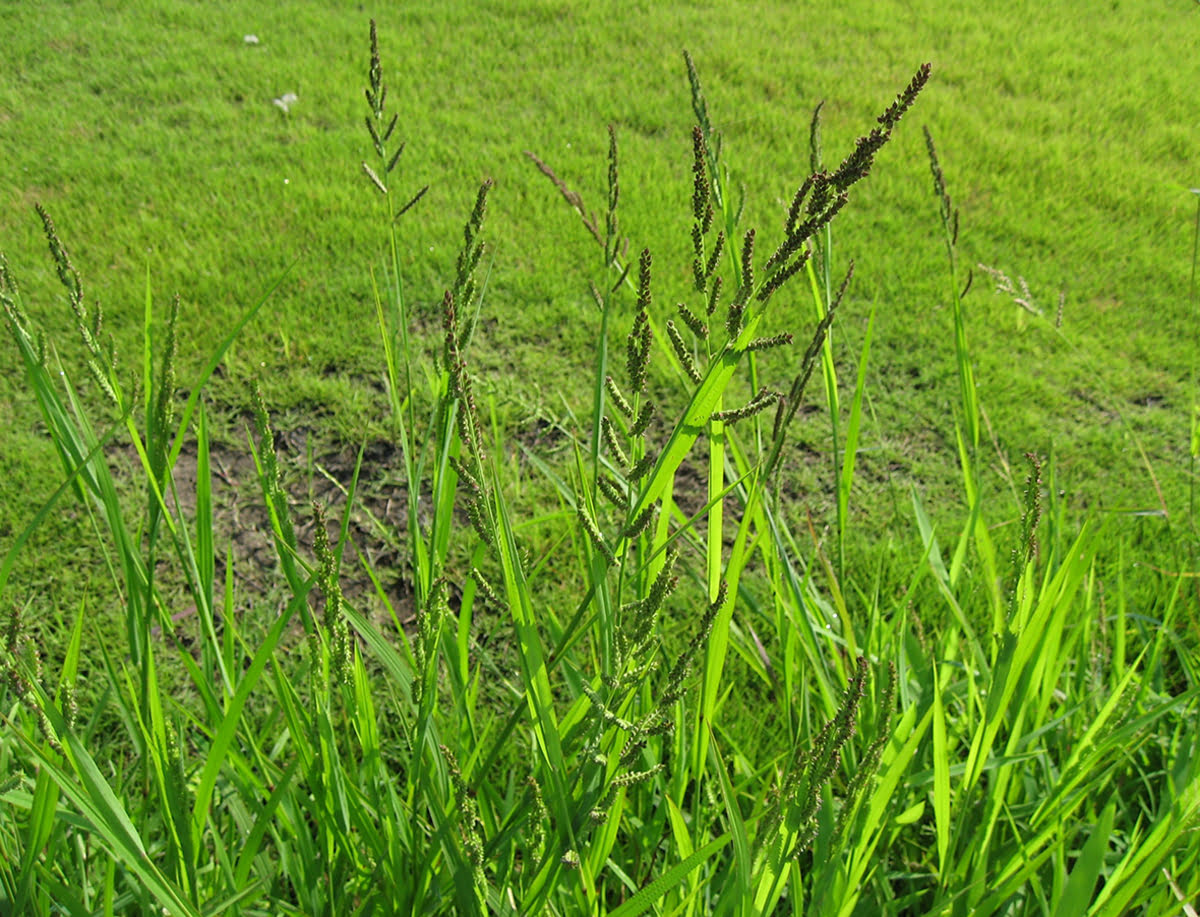
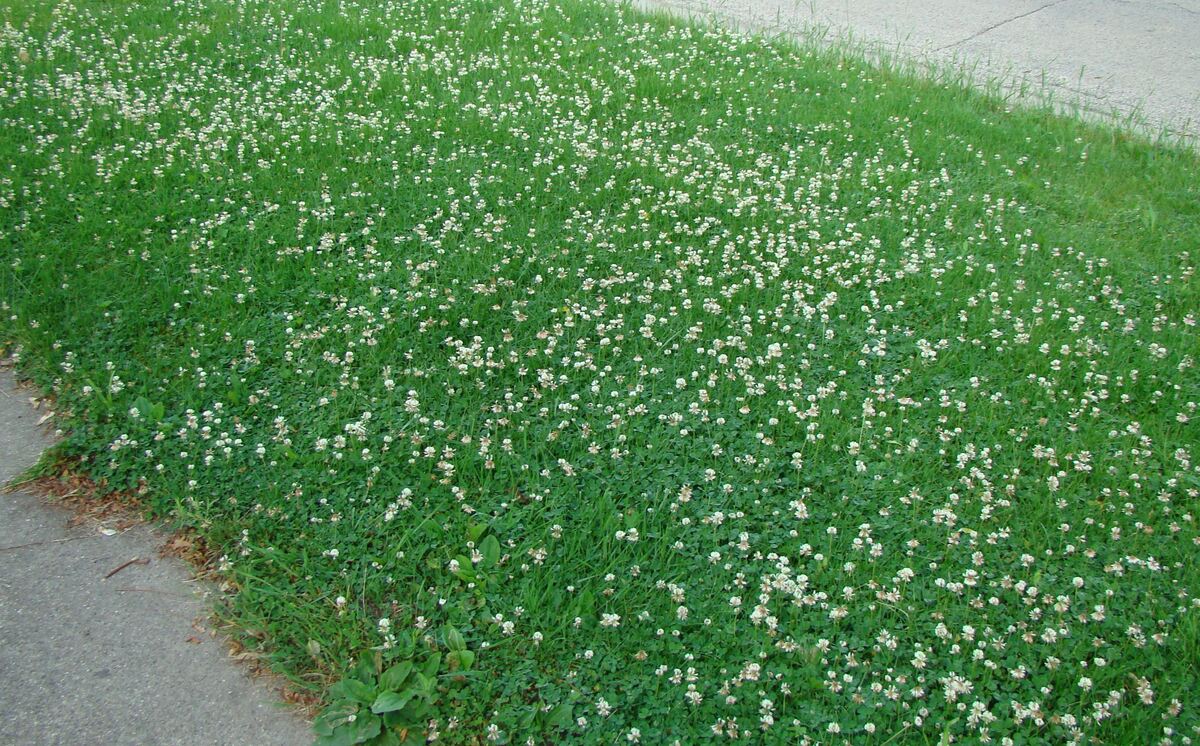
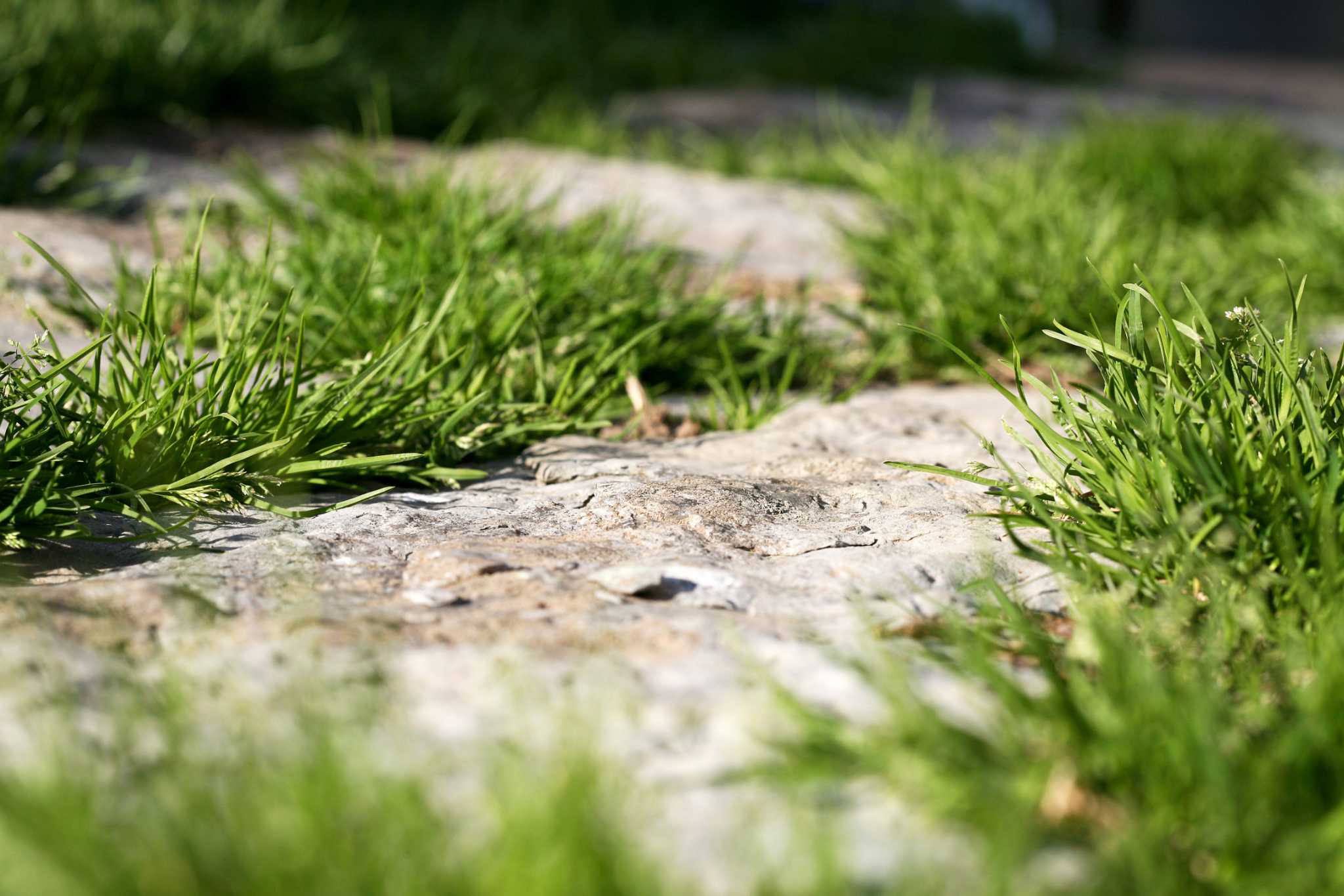
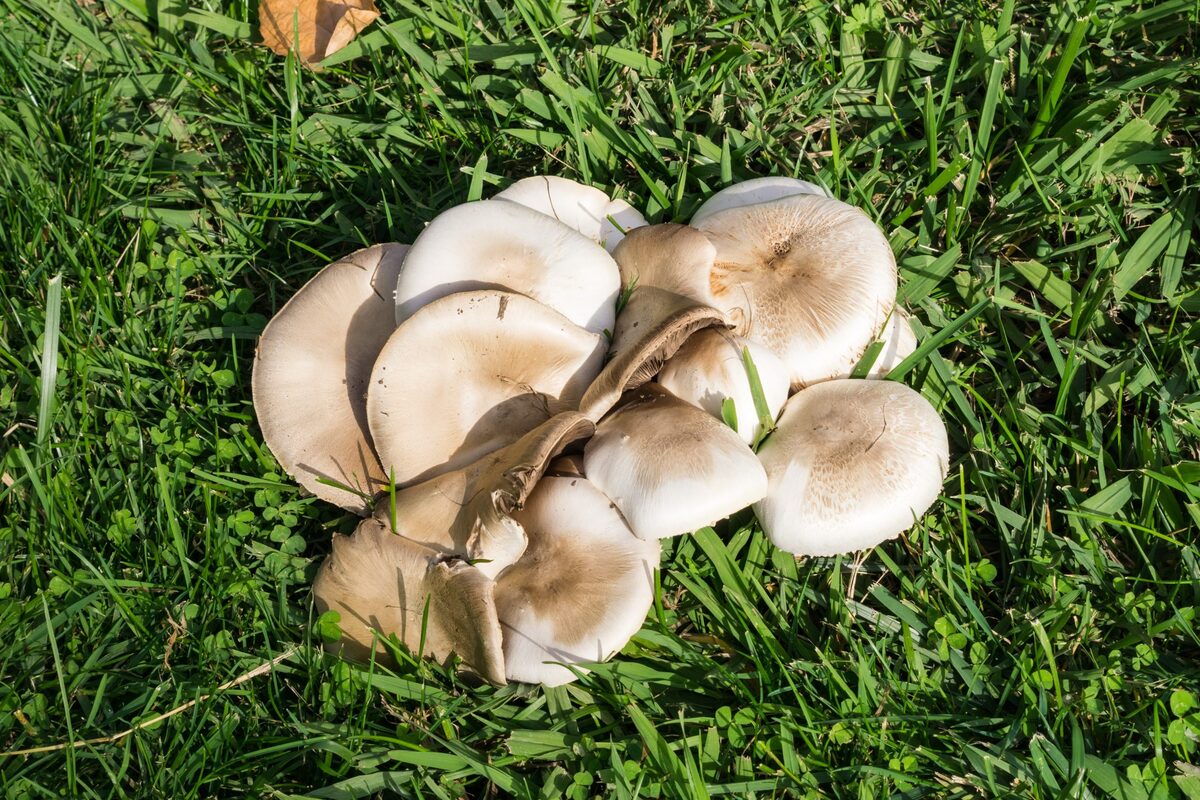
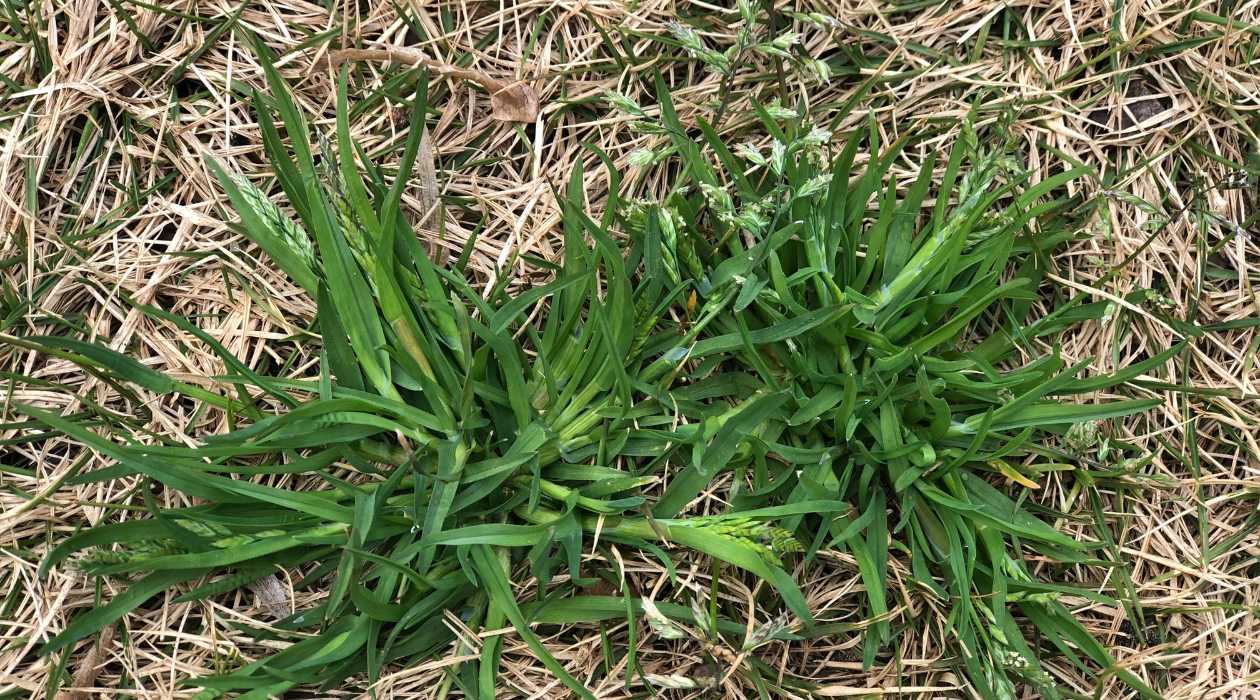
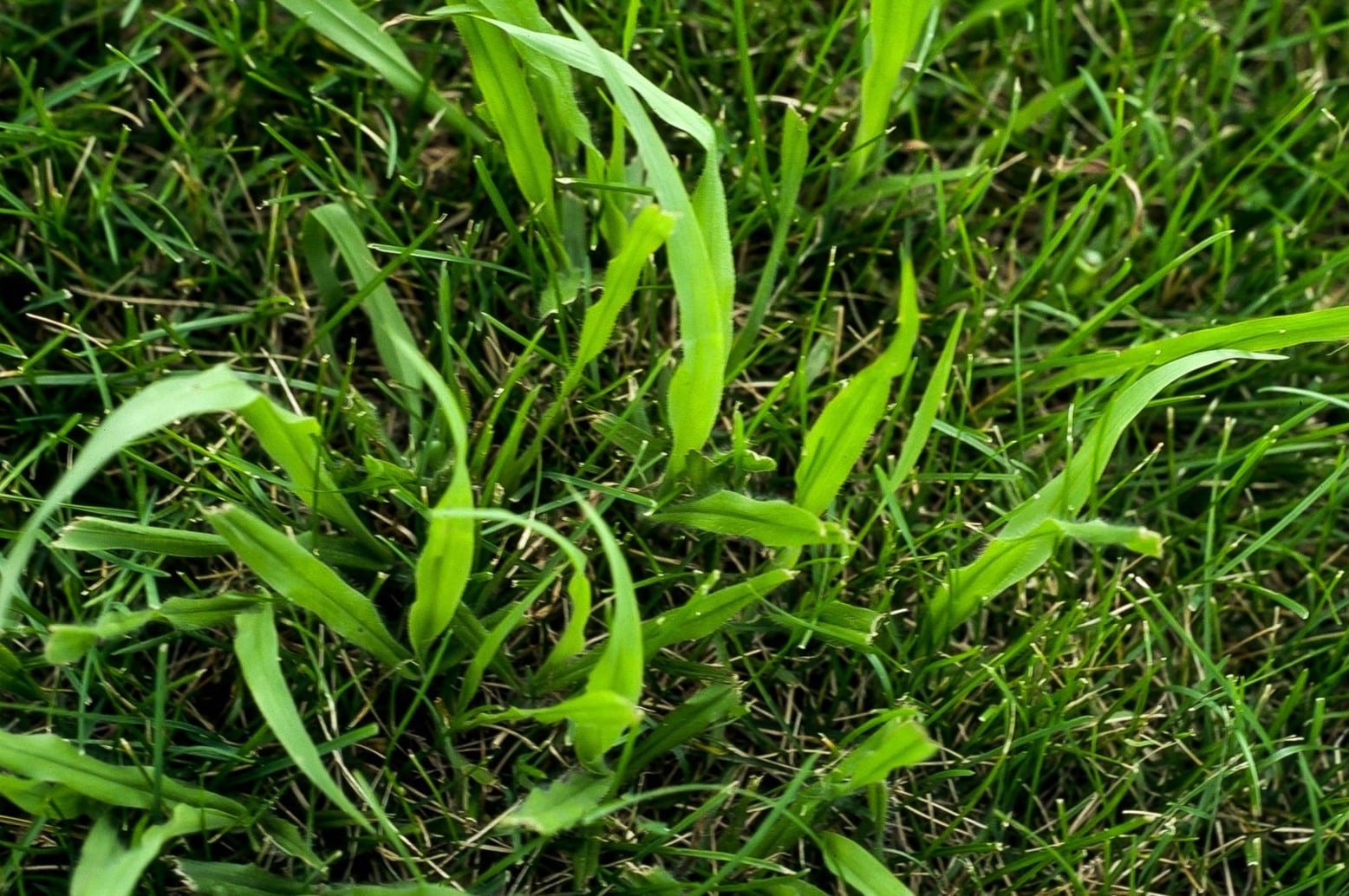
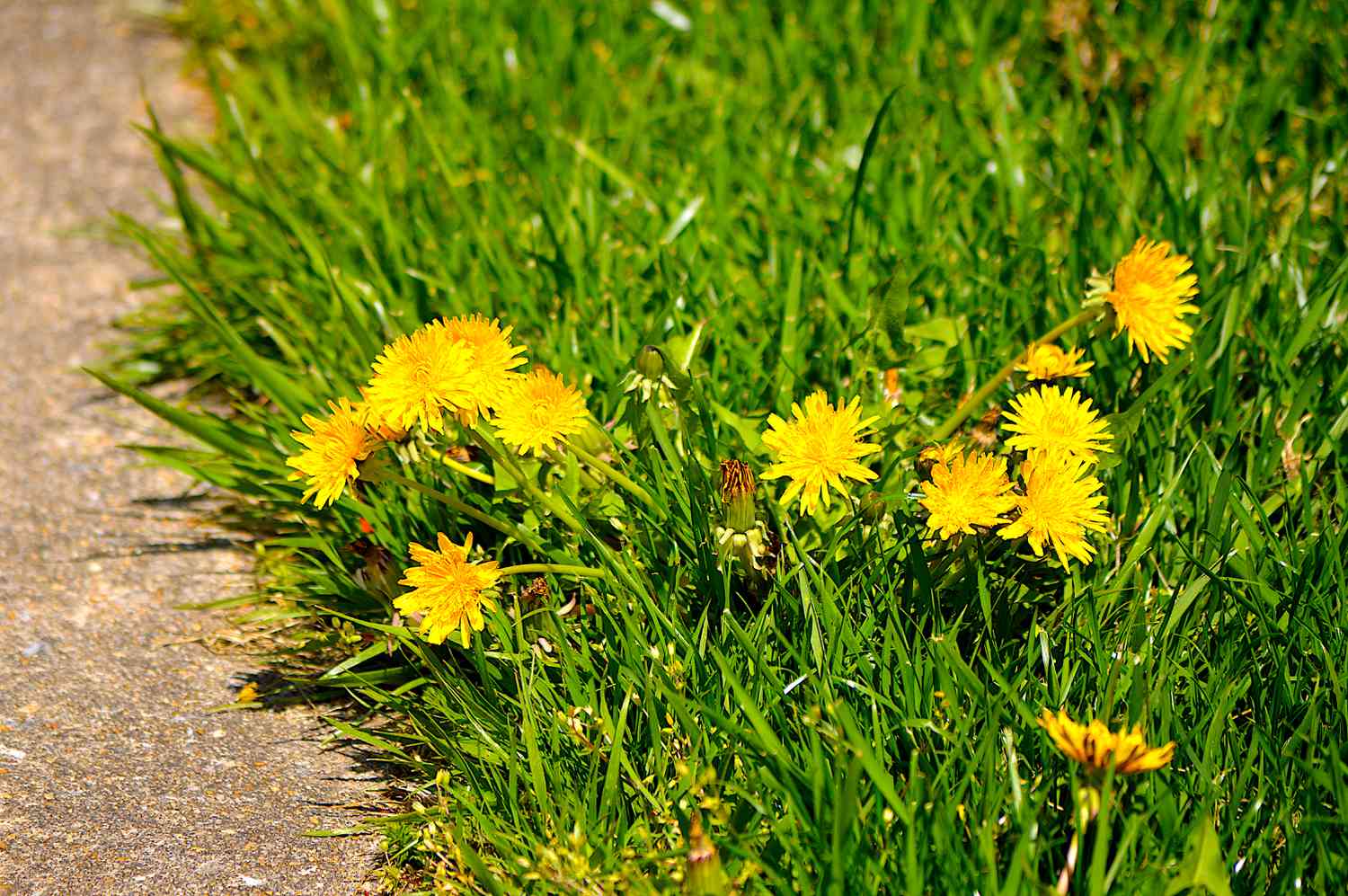

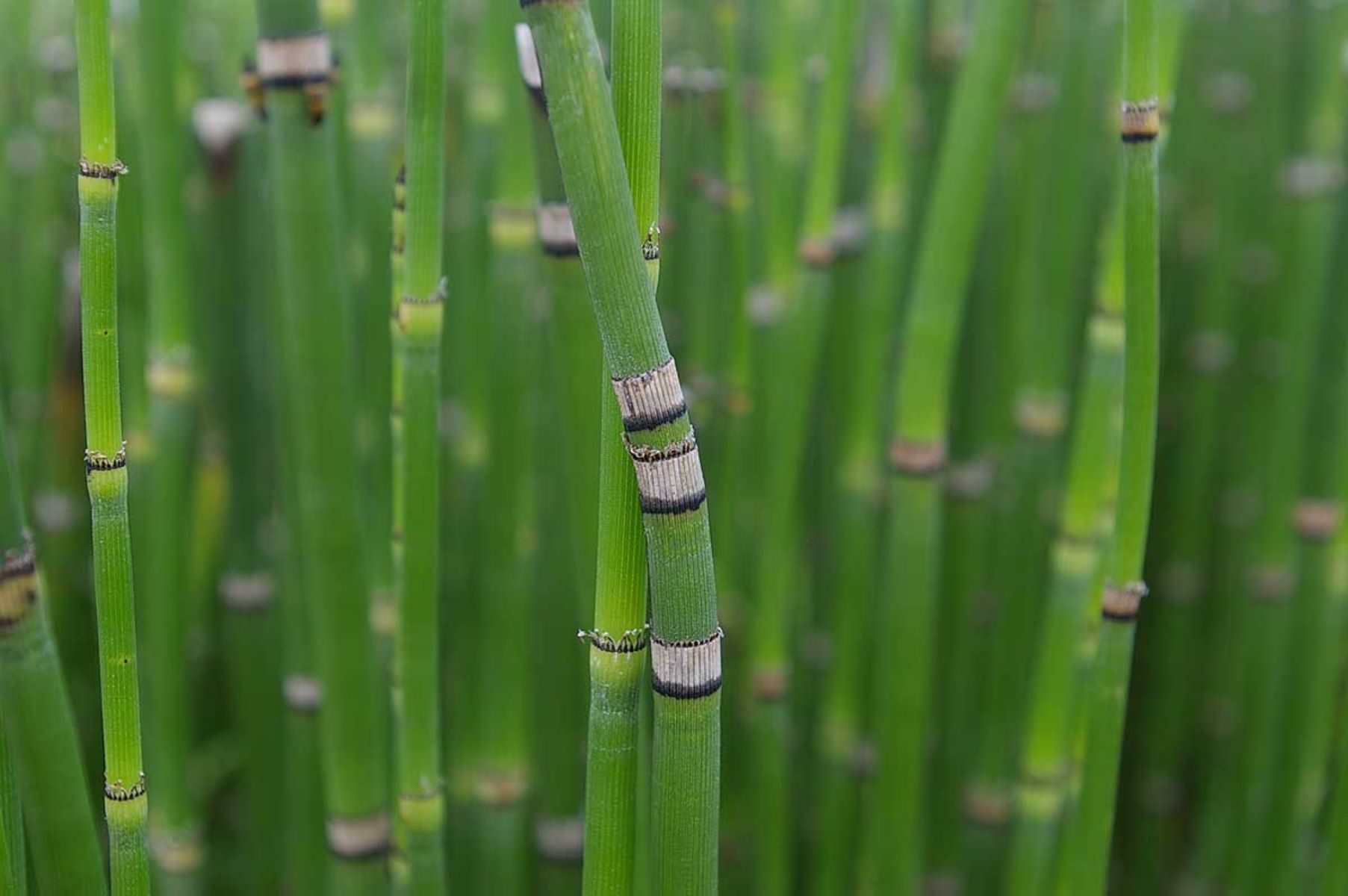
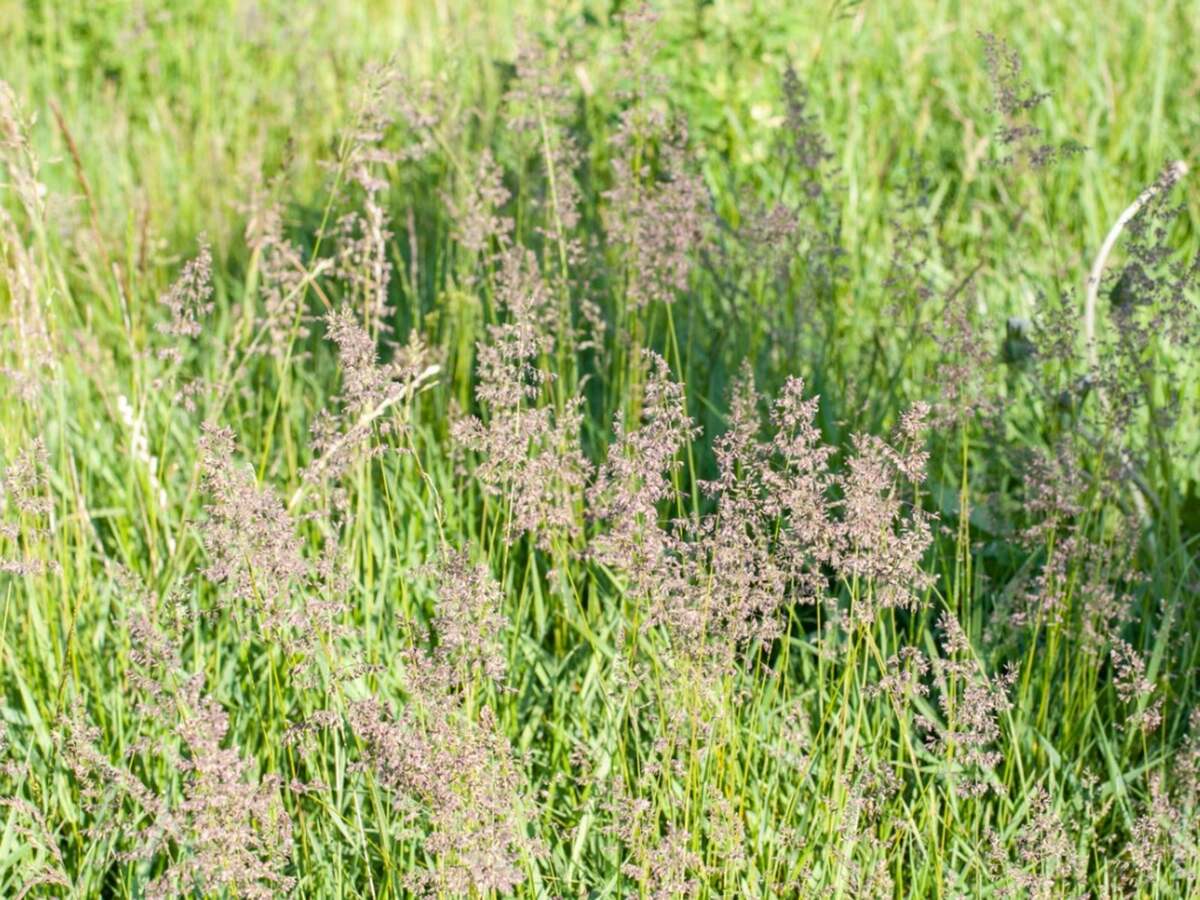

0 thoughts on “How To Kill Grass In A Vegetable Garden”